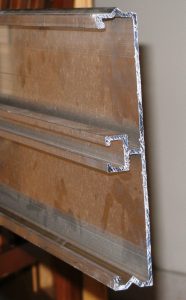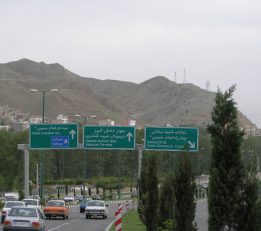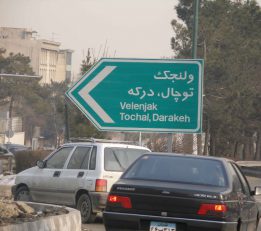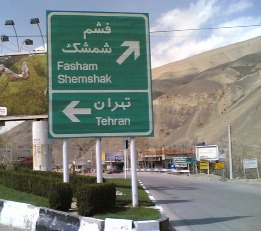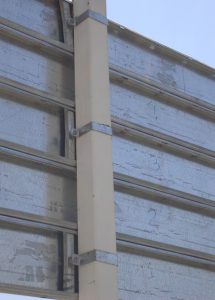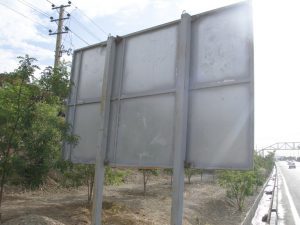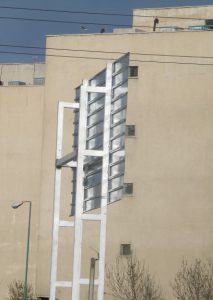It must be readable from the desired distances (readability principle)
Route informatory signs are horizontal signs which guide the driver to the desired destination. Such signs which are correctly designed, made & mounted, cause more safety & simplicity for the passing traffic. These signs are classified as per their mounting location as follows:


